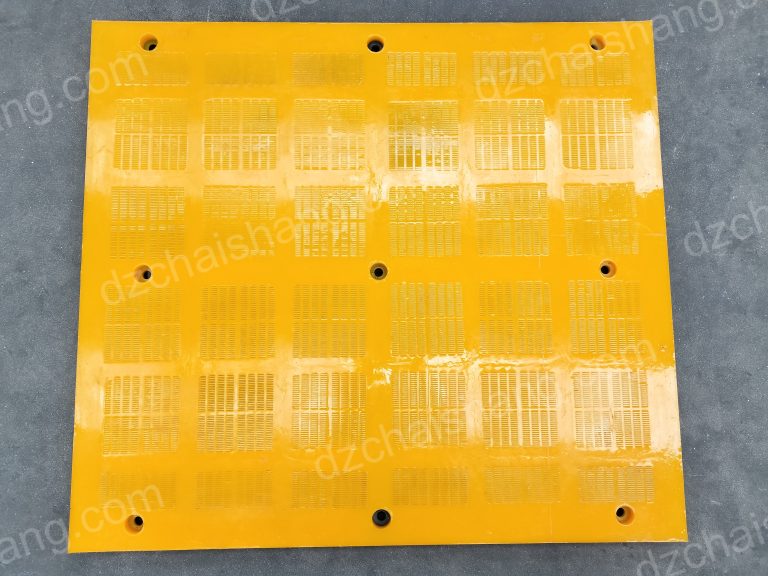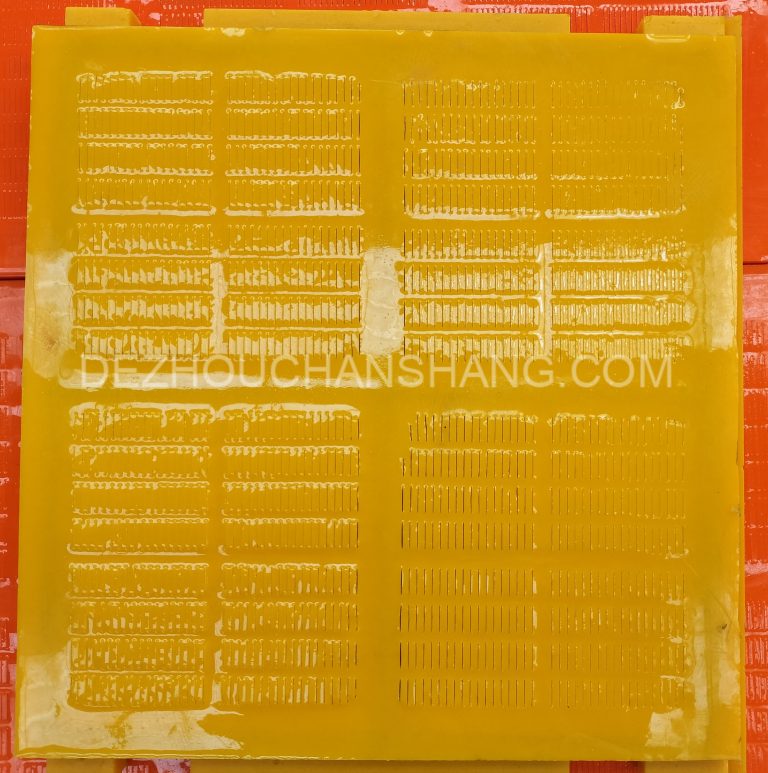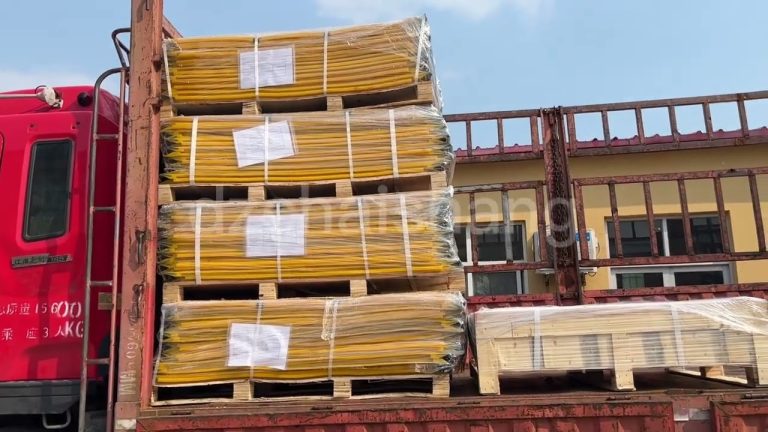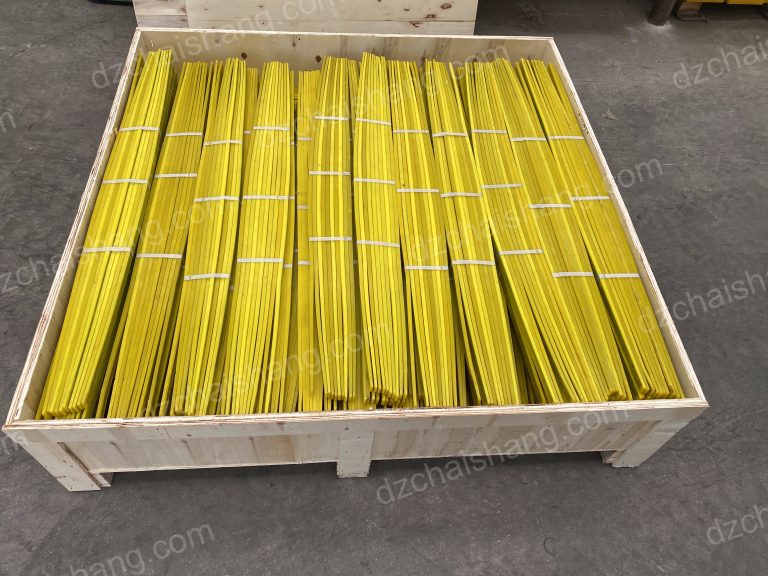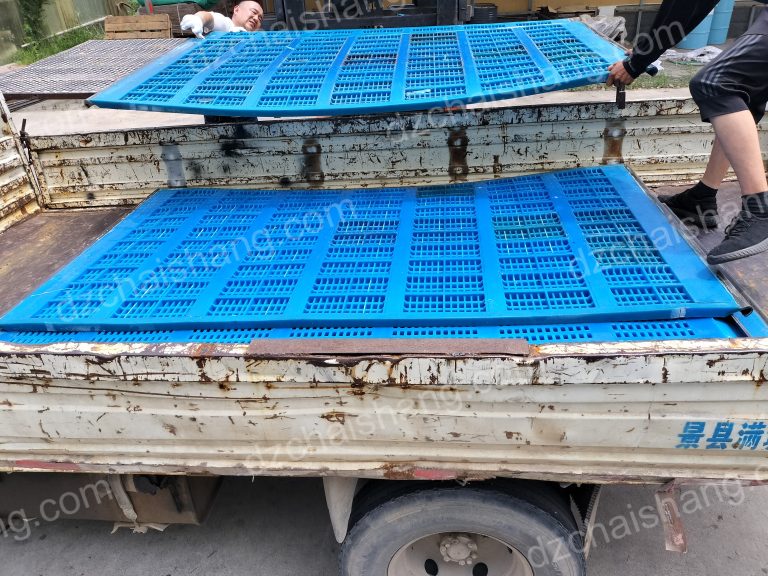Understanding the Role and Advantages of sieve plate/polyurethane screen mesh in Flip-Flow screening media
The sieve plate, also known as the polyurethane screen mesh, is a critical component in the flip-flow screening media. This innovative technology has revolutionized the screening process in various industries, including mining, recycling, and waste management. The sieve plate’s role and advantages in flip-flow screening media are numerous, and understanding them can provide valuable insights into its effectiveness and efficiency.
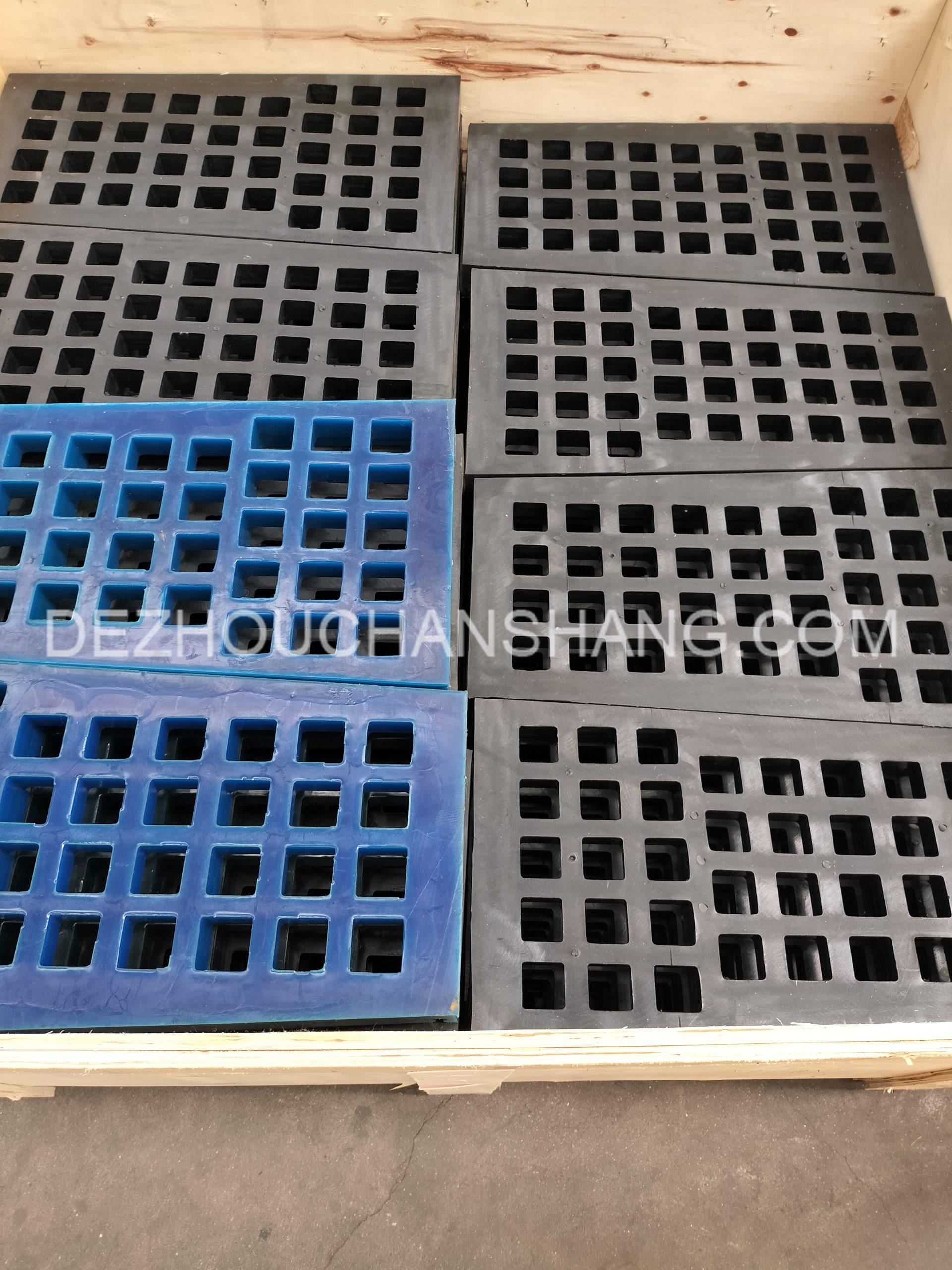
The sieve plate is essentially a screening surface made from polyurethane, a material known for its durability and resilience. It is designed with a series of apertures or slots that allow materials of a specific size to pass through while retaining larger particles. This process, known as screening, is vital in many industries for separating materials based on size.
In the context of flip-flow screening media, the sieve plate plays a pivotal role. The flip-flow screen is a high-speed, mechanical solution designed to handle wet, sticky, and difficult-to-screen materials. It operates by creating a flip-flow motion that loosens and separates materials, allowing smaller particles to fall through the sieve plate’s apertures.
One of the primary advantages of the sieve plate in flip-flow screening media is its exceptional durability. Polyurethane is a robust material that can withstand the high-speed, high-impact nature of flip-flow screening. This durability translates into longer service life and reduced maintenance costs, making the sieve plate a cost-effective solution for screening applications.
Another significant advantage of the sieve plate is its flexibility. Unlike traditional metal screens, polyurethane sieve plates can flex and vibrate in response to the flip-flow motion. This flexibility helps to prevent blinding and clogging, common problems in screening processes that can significantly reduce efficiency and productivity.
The sieve plate’s design also contributes to its effectiveness. The apertures or slots can be customized to meet specific screening requirements, allowing for precise control over the size of particles that pass through. This customization capability makes the sieve plate a versatile solution that can be tailored to a wide range of applications.
Moreover, the sieve plate’s polyurethane construction offers superior resistance to wear and tear. It can handle abrasive materials without significant damage, further enhancing its longevity and reducing the need for frequent replacements. This resistance to wear and tear also ensures consistent screening performance over time, contributing to the overall efficiency of the flip-flow screening media.
In addition, the sieve plate’s lightweight nature makes it easier to install and replace compared to traditional metal screens. This ease of handling can lead to significant time and labor savings, further enhancing its cost-effectiveness.
In conclusion, the sieve plate or polyurethane screen mesh is a vital component in flip-flow screening media. Its durability, flexibility, customizable design, resistance to wear and tear, and ease of handling offer numerous advantages that contribute to its effectiveness and efficiency. By understanding these advantages, industry professionals can make informed decisions about incorporating sieve plates into their screening processes.

